Stanchi Dei Fiori
A Still Life with Goldfinch, Flowers, Fruit and Artichokes
Artist
Stanchi Dei Fiori
(Rome, 1608-Rome, 1672 )
Details
Oil on canvas 71 x 92 cm (28 by 36 1/5 in.) each
Description
Giovanni Stanchi was born into a family of artists. The municipal archive in Rome lists three painterswith the name Stanchi who lived in the Strada Paolina in 1656: Giovanni (1608-after 1675), Niccolò(ca. 1623-1690) and Angelo (1626-after 1675). Although ail three brothers were active as painters,records of their commissions have only been preserved for Giovanni, since, as the oldest brother, hewas responsible for the invoices and contracts. Identifying the different hands in the Stanchis’paintings is therefore not without problems. Only in a few cases is the name of one of the youngerbrothers mentioned. Between 1685 and 1686, Niccolò decorated the Palazzo Flavio Chigi in SanQuirico near Siena with frescos of flowers. Later, in 1686, he painted a fresco in the large hall ofPoggio Imperiale in Florence. At this time, Giovanni Stanchi may no longer have been alive.The name Giovanni Stanchi is mentioned for the first time in 1634, in the register of the painter’sguild “Accademia di San Luca”. It seems to be a receipt of payment for Giovanni Stanchi. Paidmembership of the painter’s guild didn’t only provide a social net, it was also the basis for receivingcommissions from important Roman families. In 1638, Stanchi made a painting for the Barberinifamily that depicted their coat of arms wreathed with flowers. He subsequently receivedcommissions from almost all of the important families in Rome. In collaboration with Baciccio andMaratta, two painters specialising in figures, and in collaboration withMario Nuzzi, Stanchi was givenimportant commissions. An invoice dated 1670 identifies Giovanni Stanchi and Nuzzi as the paintersresponsible for the still lifes that decorated the famous mirror in the Palazzo Colonna for the Colonnafamily. Stanchi’s nowrecognisable manner of weaving dements of a Franco-Flemish style into hispainting might stem from this important commission from the Colonna family, since the wife ofLorenzo Onofrio Colonna had a special penchant for all things French.In 1660, he was commissioned by Cardinal Flavio Chigi to decorate a gallery with flower and fruit stilllifes. The Chigis remained his principle employers until after 1673. He was also commissioned byCardinal Benedetto Pamphili to paint still lifes on the cases of musicalinstruments. In 1675, Stanchiworked with Andries Bosman and the figure painter Ciro Ferri on the decoration of mirrors in thePalazzo Borghese on the Campo Marzio. Like Mario Nuzzi, he also worked as a theatre decorator,although with a strong preferencefor Franco-Flemish motifs.The majority of Stanchi’s surviving paintings are found in Rome. The Galleria Pallavicini has twopaintings with flowers and game; in the Pinacoteca Capitolina, there are two overdoor paintings withflowers and birds that had previously belonged to the Sacchetti Collection. Flower garlands decorate
the lunettes in the Palazzo Colonna. However, two garlands of flowers are mentioned that werecommissioned by Vittoria della Rovere before 1686 and are currently found in Florence inthe Uffiziand the Palazzo Pitti.The attribution of the pair of paintings to Giovanni Stanchi, the older brother of Niccolò and Angelo,is based on compositional elements such as fruits and vegetables, cherries, artichokes, figs andapples, as they were introduced in the second half of the 1630s in Roman still life painting throughthe Accademia del Crescenzi. Among the artists of this academy, which was founded by the MarquisCrescenzi, was Pietro Paolo Bonzi (ca. 1576-1636). Bonzi, also called “Il Gobbodei Caracci” for hiswork’s proximity to the Caraccis and his probable physical deformation, was crucial in shaping thedevelopment of still life painting in Rome in the period after Caravaggio. Bonzi consciously drew onarchaic prototypes arid Spanish still lifes. His compositions were distinguished by the two-tieredarrangement that was the trademark of Spanish still lifes. This unadorned realism quickly gained greatpopularity in Rome.What is striking is that the two still lifes by Stanchi display thisrealism very precisely, therebycomplicating the dating of this pair of paintings. Above all, they show stylistic qualities that placethem outside the usual decorative style of the Stanchis. In the catalogues from Munich and Florence,Mina Gregori has suggested a date between 1635 and 1655.In his monograph on the Stanchis, Ravelli hesitates with his attribution of this pair of paintingsbetween Giovanni and Niccolò Stanchi, since he finds stylistic elements of both hands. However,based on the early dateand the stylistic affinity with neo-Caravaggesque painting, Mina Gregoriconsiders an attribution to Giovanni Stanchi as warranted.Eckart Lingenauber
Stanchi Dei Fiori
A Still Life with Birds, Flowers, Fruit and a Fountain
Artist
Stanchi Dei Fiori
(Rome, 1608-Rome, 1672 )
Details
Oil on canvas 71 x 92 cm (28 by 36 1/5 in.) each



